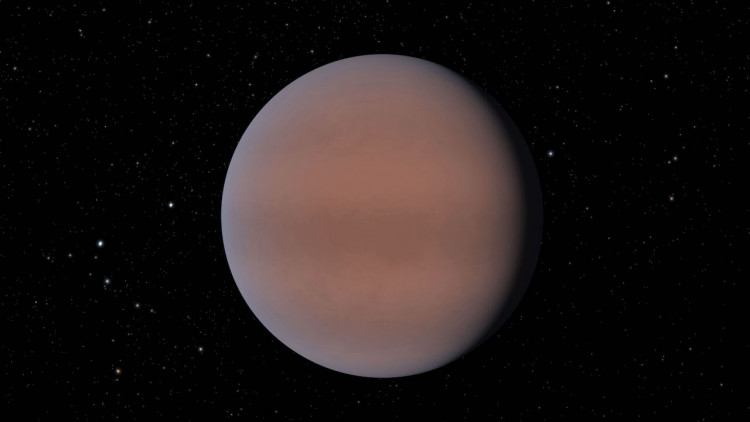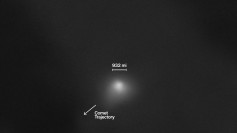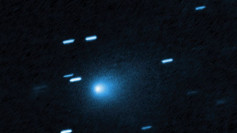WASP-121b, a gas giant exoplanet 880 light-years from Earth, was discovered in 2015. The extraterrestrial world is a "hot Jupiter," a type of gas giant that shares Jupiter's basic characteristics but orbits its star much closer (hence, their "hot" nature). Researchers have continued to investigate this world and its peculiar environment since its discovery.
Scientists have made the first detailed measurements of the atmosphere on the planet's cooler nightside using the Hubble Space Telescope in a new study. And this nighttime atmosphere appears to feature a lot of unusual and extraordinary characteristics, such as metal clouds and rain formed of what appears to be liquid gems.
"It's exciting to study planets like WASP-121b that are very different to those in our solar system, because they allow us to see how atmospheres behave under extreme conditions," co-author Joanna Barstow, a researcher at the Open University in the U.K., said in a statement.
This hot Jupiter is tidally locked, which means that one side is always facing its star and the other is always facing away. Metals and minerals evaporate on the star-facing dayside of WASP-121 b. According to a statement, the dayside's upper atmosphere can get as hot as 5,400 degrees Fahrenheit (3,000 degrees Celsius), hot enough that water in the atmosphere glows and molecules break down.
During this cycle, the temperatures on the nightside are never low enough for water clouds to form, but that doesn't mean clouds don't form at all. Metal clouds form, whereas water clouds do not.
Metals including as iron, magnesium, chromium, and vanadium were found as gasses on the planet's dayside in previous Hubble data. However, the researchers discovered in their study that it gets cold enough on the planet's nightside for these metals to condense as clouds.
But metal clouds aren't the only unusual phenomenon discovered by these researchers on Jupiter's surface. In the form of liquid gems, they discovered evidence of probable rain.
Aluminum would condense with oxygen and generate corundum if this metal vapor condensed into metallic rain. According to the statement, this is a metallic complex that, when polluted by other metals suspected in the planet's atmosphere, forms rubies or sapphires, as we know them on Earth.
There is still a lot to learn. The team intends to investigate the exoplanet further using NASA's James Webb Space Telescope, a next-generation telescope that recently arrived in space to probe the universe's farthest reaches in infrared.





